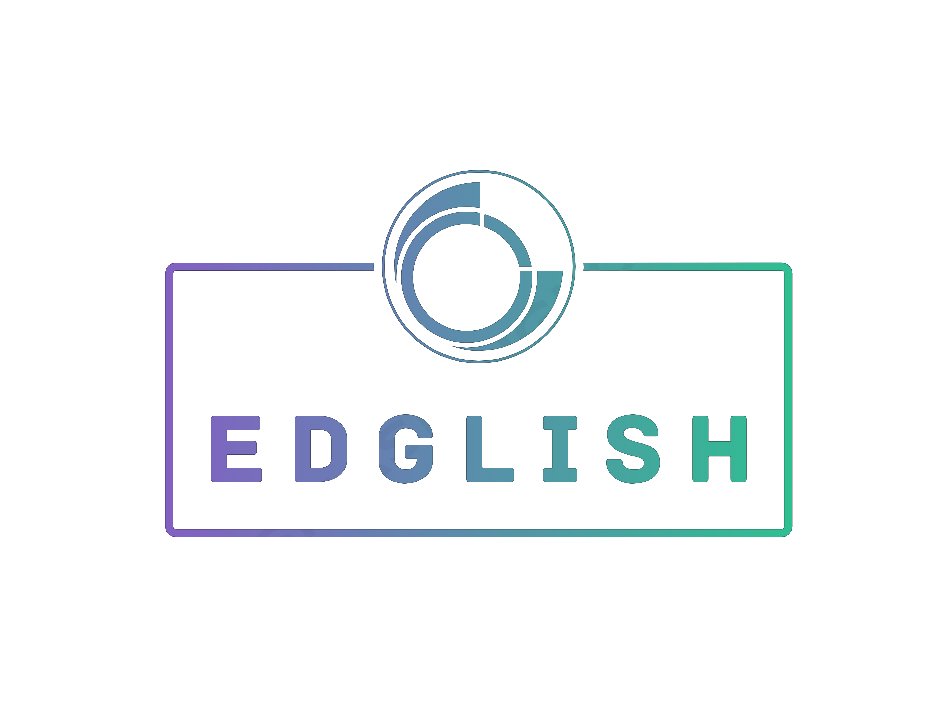THE
WORLD’S
FAVORITE DRUG!
RITE DRUG
Over two billion cups
of coffee are consumed
worldwide every day.
It’s 1:45 a.m., and 21-year-old Thomas
Murphy is burning the midnight oil,
studying for an important engineering exam
he has at 2:00 in the afternoon later today.
To stay awake and alert, he’s had two cups
of coffee in the last three hours and is now
downing a popular energy drink—one that
has two to three times the amount of caffeine
as a similar sized can of soda. Many students
like Murphy, as well as marathon runners,
airline pilots, and long-distance travelers, owe
their energy to one of humankind’s oldest
stimulants:
caffeine.
The power to counter
physical fatigue
and
increase alertness is part of the reason caffeine
ranks as the world’s most popular mood-altering
drug. It is found not only in sodas, energy drinks, coffee, and tea, but in diet
pills, pain relievers (like aspirin), and chocolate bars. Many societies around the
world have also created entire rituals around the use of caffeine. For example,
there’s the café culture of France, the tea ceremony in Japan, and the morning
cup of coffee or tea that marks the start of the day in many cultures.
Caffeine is present in many of the foods and drinks we consume, but is
it good for us? Charles Czeisler, a scientist and sleep expert at Harvard
Medical School, believes that caffeine causes us to lose sleep, which he says
is unhealthy. “Without adequate sleep—the typical eight hours—the human
body will not function at its best, physically, mentally, or emotionally.” Too
often, Czeisler says, we consume caffeine to stay awake, which later makes it
impossible for us to get the rest we need.
Health risks have also been tied to caffeine consumption. Over the years,
studies have attributed higher rates of certain types of cancer and bone disease
to caffeine consumption. To date, however, there is no proof that caffeine
actually causes these diseases.
A number of scientists, including Roland Griffiths—a professor at the Johns Hopkins
School of Medicine in the United States—believe that regular caffeine use causes
physical dependence. Heavy caffeine users, Griffiths says, exhibit similar behaviors.
For example, their moods fluctuate from high to low, they get mild to severe
headaches, or they feel tired or sad when they can’t have a caffeinated drink. To
minimize or stop these feelings, users must consume caffeine—a behavior Griffiths
says is characteristic of drug addiction.
Despite these concerns, the general opinion in the scientific community is that
caffeine is not dangerous when consumed in moderation.6
This means having one
or two small cups of coffee (about 300 milligrams of caffeine) per day, for example.
Furthermore, a lot of current research contradicts long-held negative beliefs about
caffeine, and suggests that it may, in fact, have health benefits. For instance, studies
have shown that caffeine can help ease muscle pain. Because it is a stimulant, caffeine
can also help improve one’s mood. Research has also shown that some caffeinated
drinks—specifically certain teas—have disease-fighting chemicals that can help the
body fight a number of illnesses, including certain types of cancer.
In addition, as a type of mental stimulant, caffeine increases alertness, memory, and
reaction speed. Because it fights fatigue, it facilitates performance on tasks like
driving, flying, and solving simple math problems. And while it is true that caffeine can
increase blood pressure, the effect is usually temporary and therefore not likely to cause
heart trouble. This is especially true if caffeine is consumed in moderation. Moreover,
despite its nearly universal use, caffeine has rarely been abused. “With caffeine, overuse
tends to stop itself,” says Jack Bergman, a specialist at Harvard Medical School. If you
consume too much, “you get . . . uncomfortable, and you don’t want to continue.”
Caffeine’s behavioral effects are real, but most often mild. Getting that burst of
energy, of course, is why many of the world’s most popular drinks contain caffeine.
Whether it’s a student drinking coffee before class or a businessperson enjoying tea
with lunch, humankind’s favorite stimulant is at work every day, all over the world.


No comments:
Post a Comment